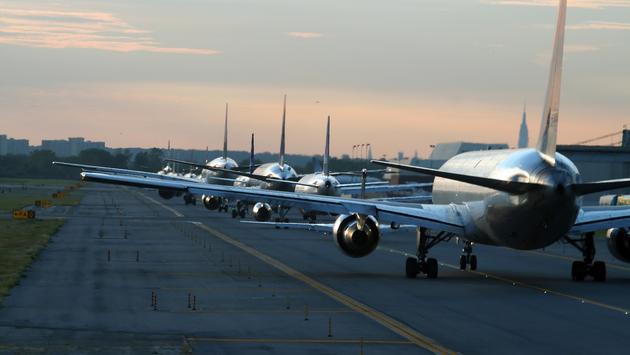The Paradox of Enhancing Flight Safety

In the wake of four recent airplane crashes in North America, which tragically claimed 84 lives, the latest near-disaster of a Delta regional jet in Toronto—which miraculously saw all 80 passengers survive a fiery crash—has intensified the debate on aviation safety. Amidst this troubling spate of accidents, there’s a looming call for heightened safety measures in aviation. However, such changes carry a complex, often paradoxical impact on overall safety.
The crash on January 29th near Reagan National Airport, involving a collision between an American Airlines jet and an Army Blackhawk helicopter, starkly illustrates this conundrum. Among those killed were seven hunters returning from a trip, while their three companions who opted to drive survived—despite the statistical probability of driving being significantly riskier. This incident highlights the unpredictable nature of risk and the public’s perception of it.
Despite driving being far more dangerous than flying—with approximately 40,000 annual fatalities on U.S. roads compared to sporadic airline disasters—the public’s reaction to airline crashes is disproportionately intense. This fear is amplified by media focus, which contrasts sharply with the routine treatment of road fatalities. Such visibility fosters an irrational fear of flying, where travelers feel helpless, contrasting sharply with the illusory control they believe they have when driving.
This disparity poses a significant challenge for regulatory bodies like the Federal Aviation Administration (FAA). Introducing stringent safety measures in aviation could inadvertently push more people to choose driving over flying due to increased airfares, potentially leading to more road fatalities—a risk transfer rather than a risk reduction.
For example, the FAA’s decision against mandating child-safety seats on planes was influenced by concerns that higher travel costs could shift families from air to road travel, increasing their risk exposure. This decision underscores the delicate balance regulators must maintain between enhancing air safety and not promoting riskier travel alternatives.
The FAA’s recent move to reduce flight congestion at Reagan National Airport by limiting daily flights, although intended to enhance safety, could inadvertently raise airfares if demand remains unchanged. Such price hikes could drive more travelers to opt for driving, paradoxically increasing overall risk.
Secretary of Transportation Sean Duffy finds himself navigating complex policy waters. He must address public fears and political pressures for safer skies without triggering unintended consequences that could lead to more harm than good. Enhancing perceived air safety without substantially raising costs is a policy needle the FAA must thread carefully.
Aircraft design matters too. When Delta Flight 4819 from Minneapolis to Toronto crash-landed, losing a wing and flipping upside down, onlookers feared the worst. Yet, in what seemed like a miracle, all 80 passengers and crew survived Monday’s crash at Toronto Pearson International Airport. Two major factors made a huge difference. Past aviation disasters have shown that storing jet fuel in the wings, rather than beneath the passenger cabin, enhances safety. Additionally, modern commercial aircraft are equipped with 16G seats, which can withstand forces up to 16 times that of gravity, significantly increasing the chances of survival during a crash.
This scenario is reminiscent of ongoing issues with Boeing, where the FAA has struggled to find the right policy approach to address recurring safety mishaps and quality-control problems. As we move forward, the challenge will be in crafting policies that truly enhance safety without shifting risks to even more perilous forms of travel, an ongoing dilemma that requires not just regulatory action but a broader understanding of risk and human behavior.
Related news: https://suspicious-zhukovsky.67-21-117-18.plesk.page/category/air-travel-business/safety/
Sources: AirGuide Business airguide.info, bing.com, thehill.com
